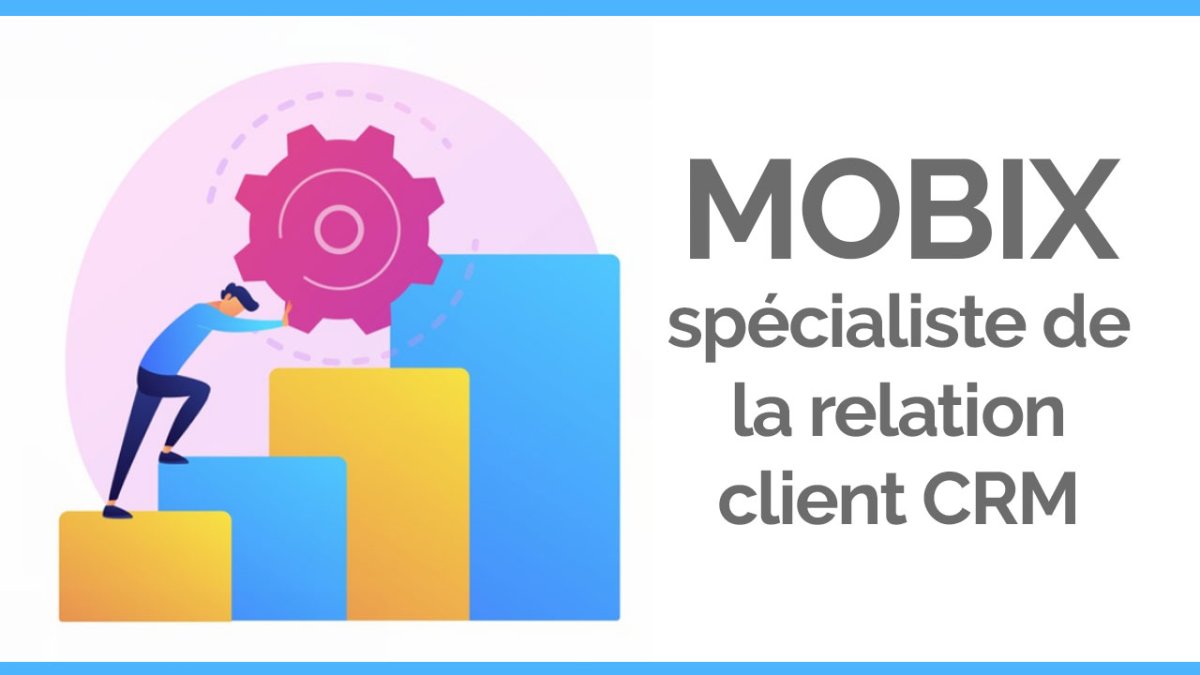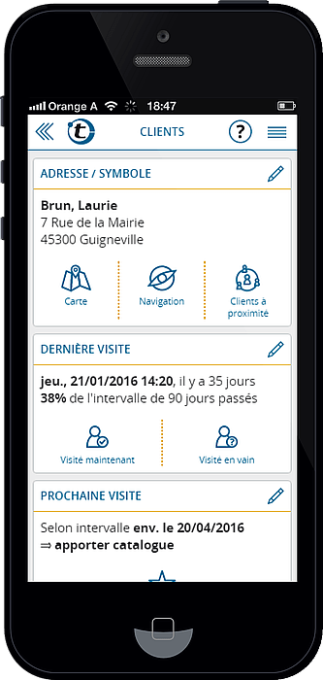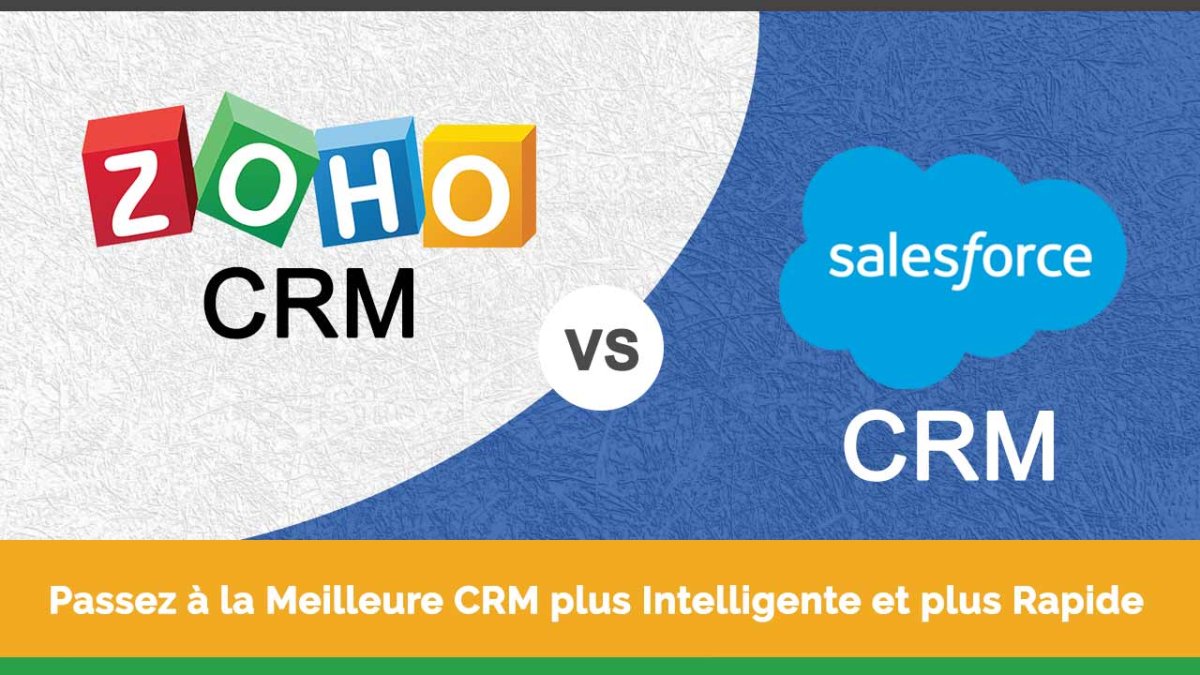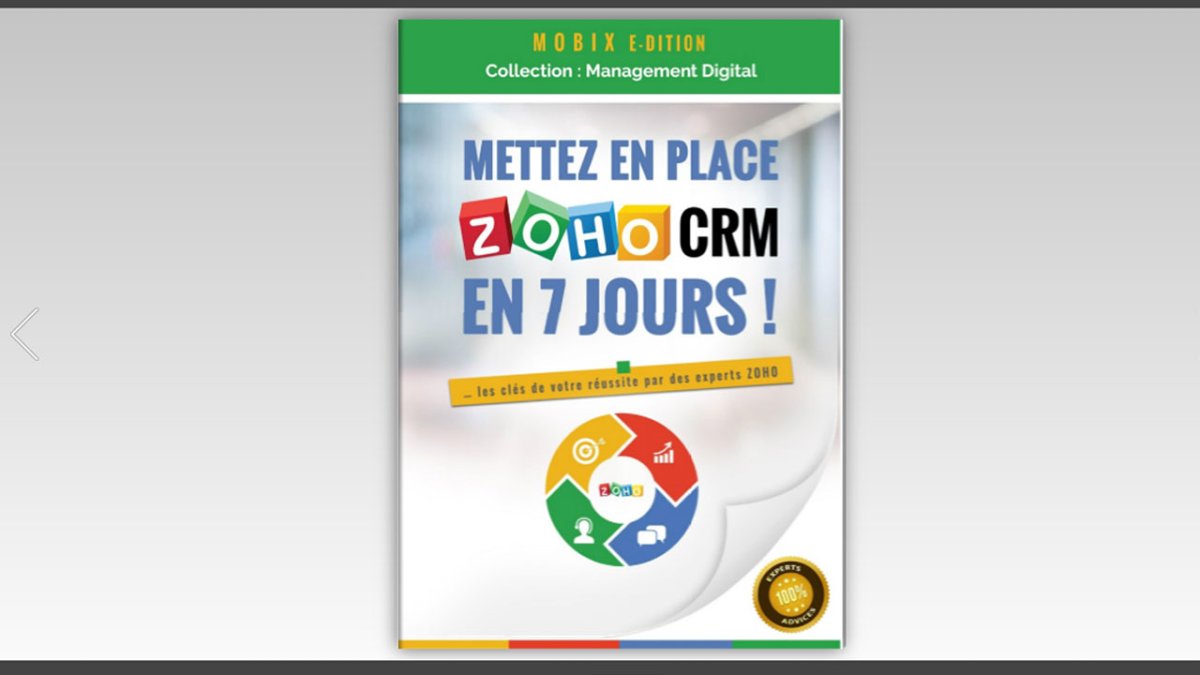What’s involved in implementing CRM software?

Mobix, CRM customer relations specialist

Mobix specializes in CRM deployment and connections to digital marketing tools (Social Selling). So, I’d like to shed some objective light on the question often asked by people wishing to deploy a CRM application for their needs.
As a preamble, and to avoid prejudices, we distribute Zoho CRM (whose functional scope is equivalent to Salesforce, but simpler and much less expensive) BUT we also support other customers who have CRM or ERP systems already installed and for whom it is not relevant to change them.
There are 450 CRM publishers worldwide.
Some solutions are excellent (I count about ten).
Some solutions are good, but the companies that publish them are too young and too fragile for me to believe that a manager should place the future of his company in the hands of a 5-person start-up (what about security, the financial stability of the company, the risk of physical failure of the key-man manager (yes, there are people who have car accidents every day) and, finally, his ability to innovate?
A CRM application accelerates business development. Whichever solution you choose, it will be based on the following modules:
- Prospects
- Accounts
- Contact
- Opportunities (or deals depending on the solution – eg MS CRM Dynamics)
CRM
Leads: Leads are potential sales, and you or your company can obtain leads from many different sources. For example, you can generate leads from marketing campaigns, website inquiries, mailing lists, social media posts, or in person at a sales convention.
Accounts: The account record contains information about the companies you do business with.
Opportunities: When you include a prospect, it becomes an opportunity, or a deal you’re ready to close. This is what I call the zero degree of a sales proposal or quotation.
Contacts: Contact records contain information about people in accounts. Several contacts are usually associated with an account. Contacts can include people who make purchasing decisions, pay invoices, or anyone you work with in the company.
Understand a CRM application by visualizing it…


ZOHO’s professional offer, a powerful tool!
We can help you understand CRM by giving you access to a ZOHO CRM portal with data. So you can manipulate a CRM application…
For access codes, please contact us.
Why think implementation, not CRM name?
The real issues are:
- Interconnecting CRM with other services (quotation/invoicing/emailing/business card scanning application but also external services like Office 365, Google G Suite, your favorite emailer-Mailjet, mailchimps).
- Data backup you can trust
- Define your Key Performance Indicators (KPIs), what you currently have and what would be useful to you (e.g. conversion rate, sales cycle time, number of accounts, contact/email ratio, etc.).
- Involving teams right from the start of the project to facilitate acceptance of the tool
- And many other analysis criteria that would take too long to develop here.
- Stability and confidence in the company carrying your future data
- Adapting your tool to your company (what we call aligning business rules and processes)
- Mobile applications to use your tools on the move
- Ramping up the tool
- Import data quality
With great intellectual honesty, deploying a CRM in a company is a structuring and strategic element.
And it’s a job… although anyone who’s properly wired can do it themselves, but with a high risk of starting off on the wrong foot.
Customer example: Importing the database with surnames in UPPERCASE. Six months on, as he fine-tunes his strategy, the executive would like to send personalized emails…
PROBLEM, names like Bonjour come from the database and so the emailing will be sent like this “Bonjour Mr. SOULIER” whereas the best practices that will impact your click and open rates are “Bonjour Monsieur Soulier” ….
Another example is omitting telephone numbers in international format. And when the company switches to Voice over IP (VoIP) telephony, it’s impossible to use the power of CRM to make VoIP calls on the fly. It’s a shame, because not only are we missing out on these productivity gains, but the sales people love it too. And, as we see below, the commitment of sales reps to using the tool is a key success factor.
Open source and CRM?
Customers and forum users often ask questions about the suitability of open-source solutions.
If we leave aside the philosophical image of open source and don’t confuse business applications with application software like Open Office or GIMPS, my vision on this subject is very clear.
- If you are a company with 50 to 500 employees
- And if you have an in-house computer geek
- And if you don’t want to keep pace with digital innovations
- Finally, if you know how to maintain and monitor backup processes on cloud servers
Then open could be the solution for you.
A number of specialized players offer solutions for between €10 and €20 a month.
For this price, these publishers offer backups, upgrades to web and mobile apps, interconnections with external services and a whole host of other things you’ll never be able to do on your own.
So I don’t see the point.
What’s the difference between ERP and CRM?
Sometimes people say to me: “ah yes … we have a CRM application”… and they quote me applications above all ERP.
Of course, an ERP system that mainly manages a production cycle contains a customer database, and by extension can be used as a CRM system.
But as far as I know, there’s no ERP that does the CRM job as well.
What’s more, bringing sales people into a production-type environment with views of estimates, invoices and cash flow is not the best idea.
CRM and social selling

More and more, CRM applications are moving away from a classic Accounts/Contacts logic based around a limited database, towards a logic based on collecting information and prospects from social networks and specialized databases connected to CRMs.
Gauging your teams’ CRM capabilities
Implementing a CRM tool is a project under control for a professional. Indeed, using Cloud solutions in 2017 removes any technical risk of non-deployability or bugs.
On the other hand, professionals have less control over the human factor, whether in terms of team commitment (resistance to change) or their ability to adopt new tools (let’s not forget the arrival of the first computers in our offices). So a company established 30 years ago, whose staff have 30 years’ experience, won’t be as agile as a start-up whose staff use smartphones 16 hours a day…
CRM application training
To achieve this, training and ongoing support need to be properly sized.
On this last point, for example, MOBIX has set up a hotline at our customers’ request. We support teams in their operational deployment.
We include these principles in our ebooks on Amazon.
I hope this enlightenment will bring some thoughts beyond this solution and better than that one…
In short, there are many good solutions to the questions :
What is the company’s need?
What is the quality of its data?
Are its business processes aligned with the future CRM?
Thomas Soulier
Managing Director, MOBIX
Improve your sales and organization with digital technology
To take your digital transformation a step further
Order our ebook on AMAZON






